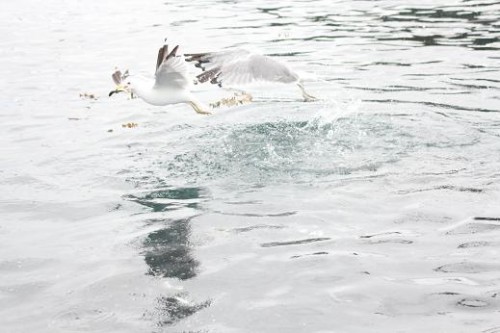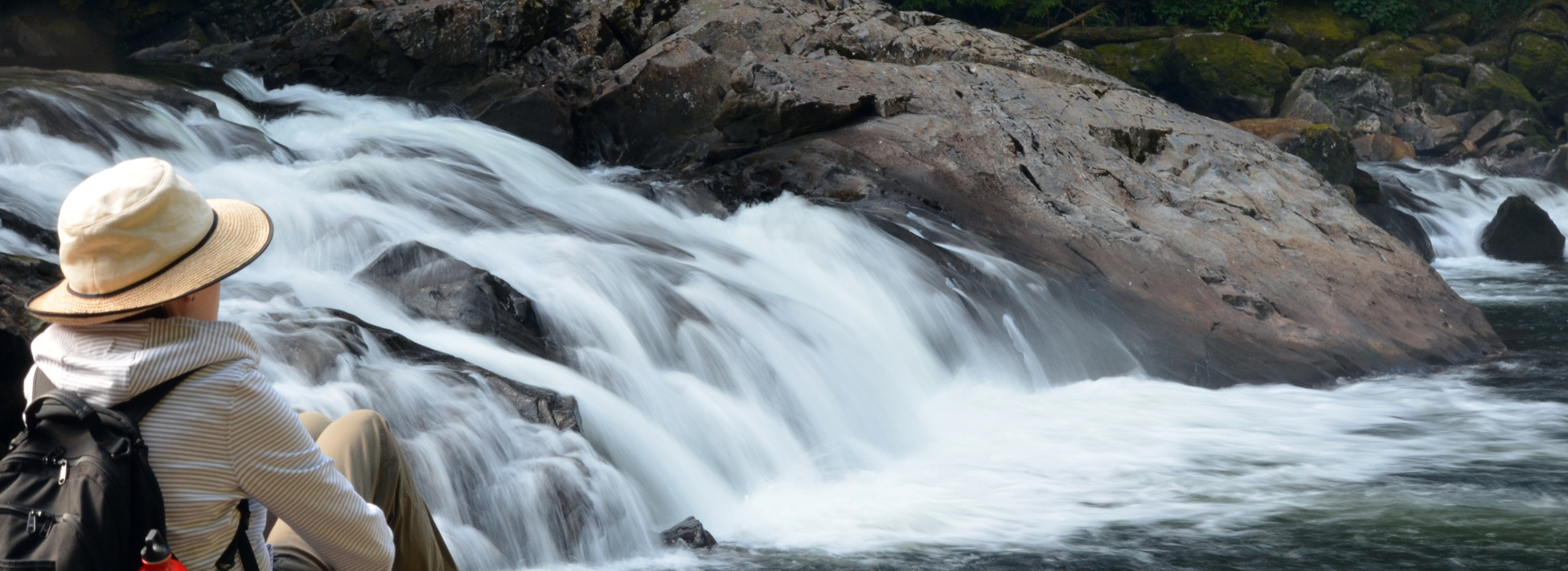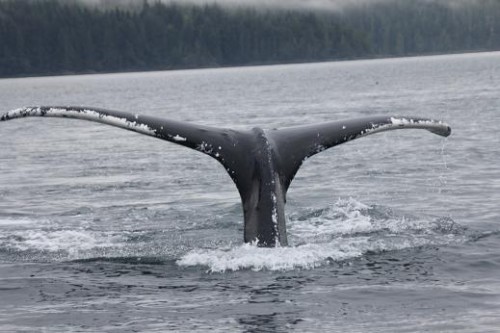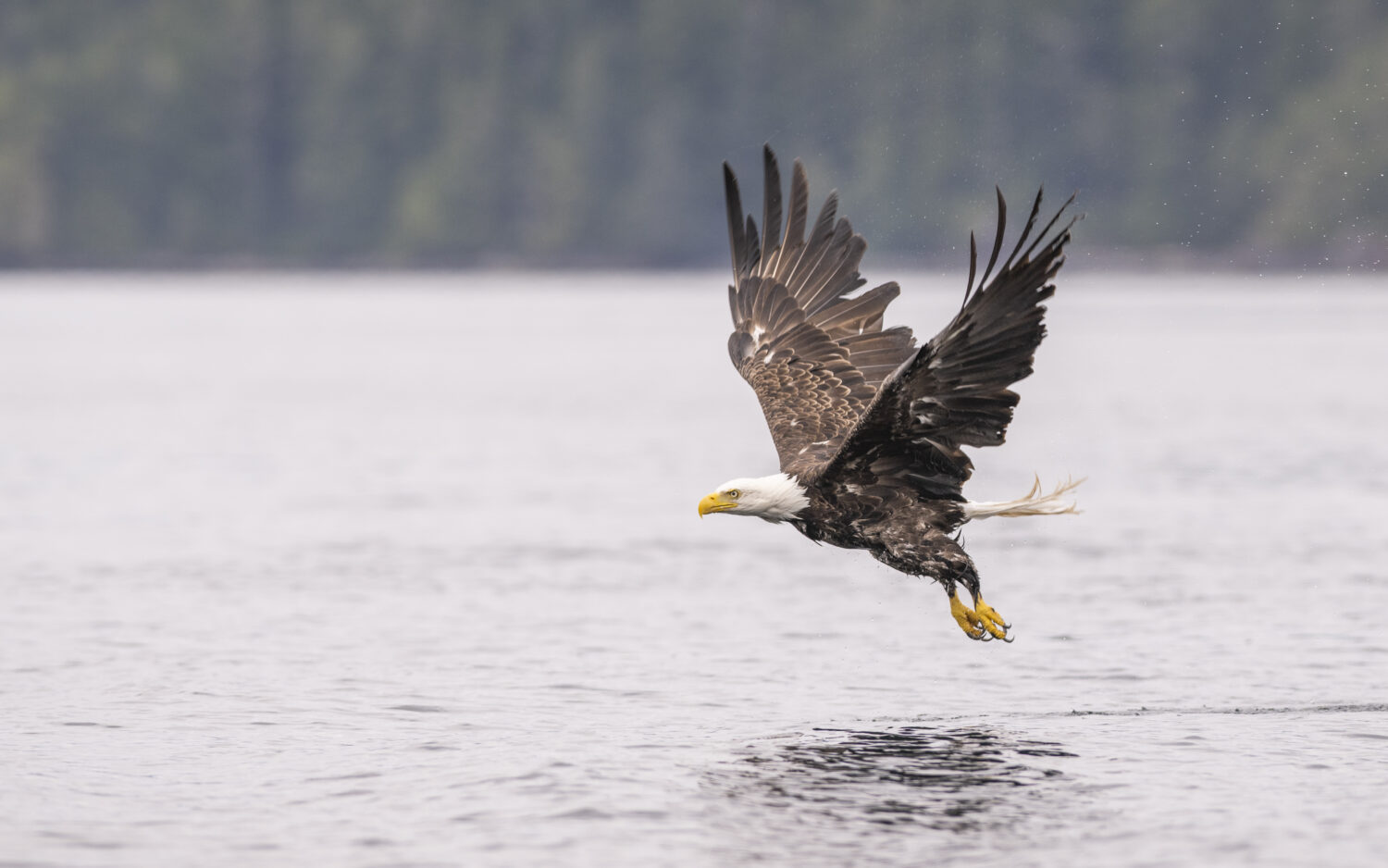
With these two adult seagulls this is a less than friendly encounter. One seagull has already picked up a herring and the other wants the herring. Or maybe the other gull had the herring and this one stole the herring. Either way it is not an “adult teaching a young”.














